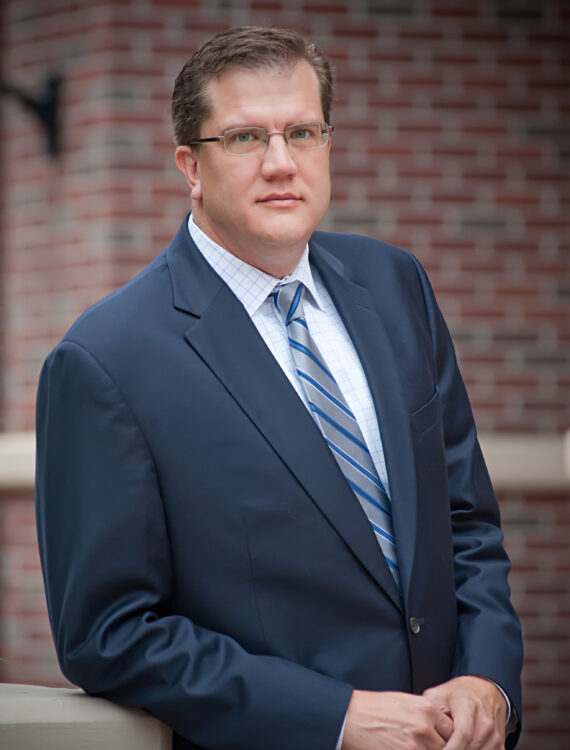In emergency, safest call is to have cell phone and land line
Daniel Vasquez on consumer issues, Cnsumer columnist
It can be crucial to stay in phone contact with family, neighbors and others before, during and after a hurricane or other emergency. To accomplish that, it’s smart to create a home emergency telecommunications plan — regardless of whether your household is wireless-only or not.
While eight in 10 people recognize the importance of having both a corded land line and cell phone in their home for use in emergencies, most (68 percent) do not have a working plan for home emergencies, according to a survey of 2,000 households by AT&T and the National Emergency Number Association.
The poll, released last week, also showed that more than half of those who pay for a land line at home do not have a corded phone. Corded phones don’t need AC outlets to operate, which makes them particularly handy during prolonged power outages.
With that in mind, here are some things to consider if you’re thinking about declaring your independence from a land line:
Should I pay for a cell phone and traditional home phone?
That is the safest bet. But the answer depends on your budget, emergency preparedness and comfort level. And there are ways to have both on the cheap. Our family chooses both. To offset the $20 extra each month we pay for the home phone, we cut back on cell phone features, including giving up unlimited texting.
Another way to lower the cost of having both is to buy a pay-as-you go mobile phone. Requiring no contracts or credit checks, they can be purchased at most mobile phone retail stores and kiosks and at large retailers, such as Target, Wal-Mart and Sears. The cost for handsets starts at $20 and you can buy blocks of talk time starting at about 10 cents per minute. Pay ahead for a block of time and have the phone at the ready for emergencies.
Is my cell phone as safe as my home phone?
No. Land lines allow 911 responders to pinpoint the location of the home where the phone is located. Cell phone technology generally only allows 911 callers to be located within a 50- to 300-meter range.
But if your goal is to get information to loved ones, experts suggest cell phone users turn to texting. During emergencies, phone lines can become clogged with callers. But texting information uses much less bandwidth and gives you a better chance of getting through.
Also, when calling 911 from a cell phone, be prepared to provide your location (street names, nearby business names, landmarks) and the number of the wireless device you are using. If you are in a moving vehicle, pull over to a safe area. Doing so may help responders locate you.
You also can use your cell phone to send money to the American Red Cross for disaster relief efforts. In the event of a hurricane, the Red Cross and the Wireless Foundation will help activate the Text 2HELP system. At that time, callers may text message the keyword "Give" to "2HELP" (24357) and a $5 tax-deductible donation will be made to the Red Cross. Participating cell phone carriers include Alltel, AT&T Mobility, Boost Mobile, Sprint, T-Mobile and Verizon Wireless.
Create your own emergency home phone plan:
Establish a home base for making emergency calls with a centrally located, easily accessible land line phone. Maybe it’s your parents’ home, maybe it’s yours. Designate a safe location within the home during an emergency and establish a safe way out of the residence.
Make an inventory of communications items, including all land line phones, wireless phones, batteries and chargers.
Make a list of emergency contact numbers. The more choices you have to reach 911 in an emergency, the better, and a corded land line phone should be one of those options.
Daniel Vasquez can be reached at dvasquez@SunSentinel.com, 954-356-4219 or 561-243-6600, Ext. 4219. To see more columns from Daniel Vasquez, go to SunSentinel.com/vasquez.










